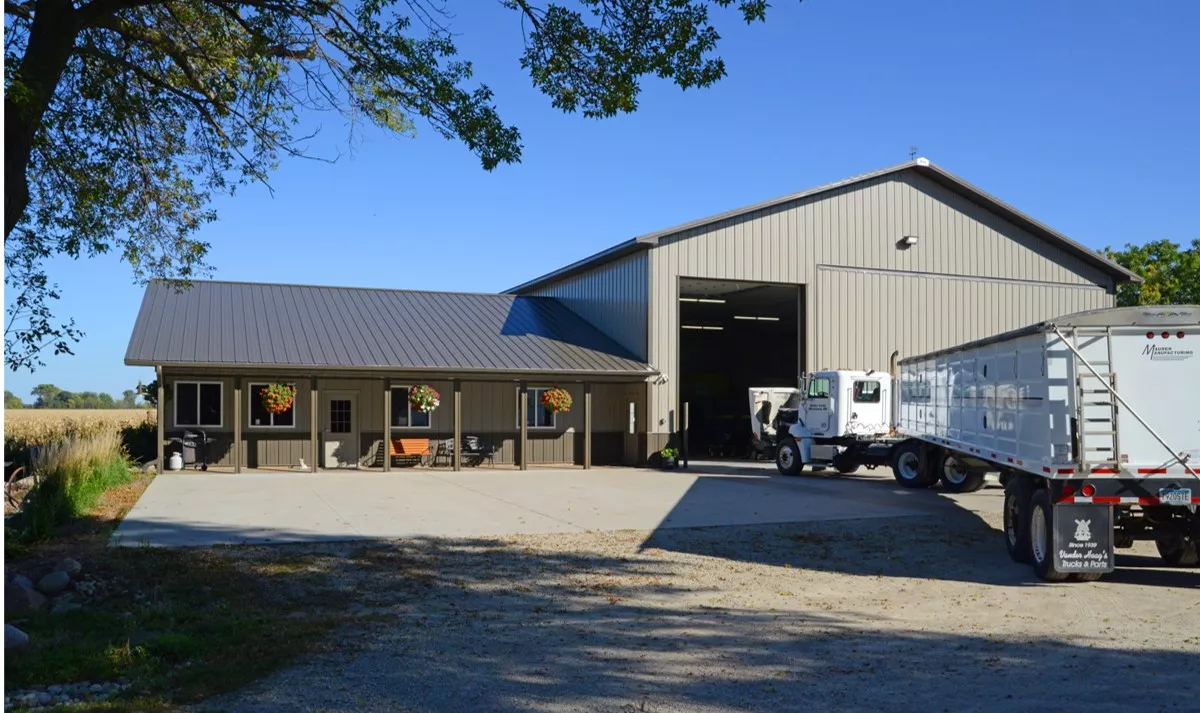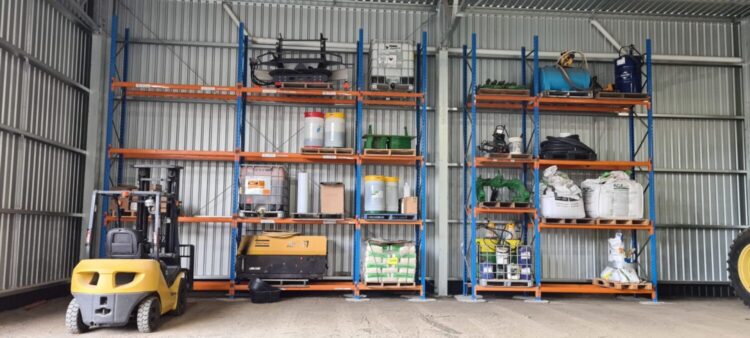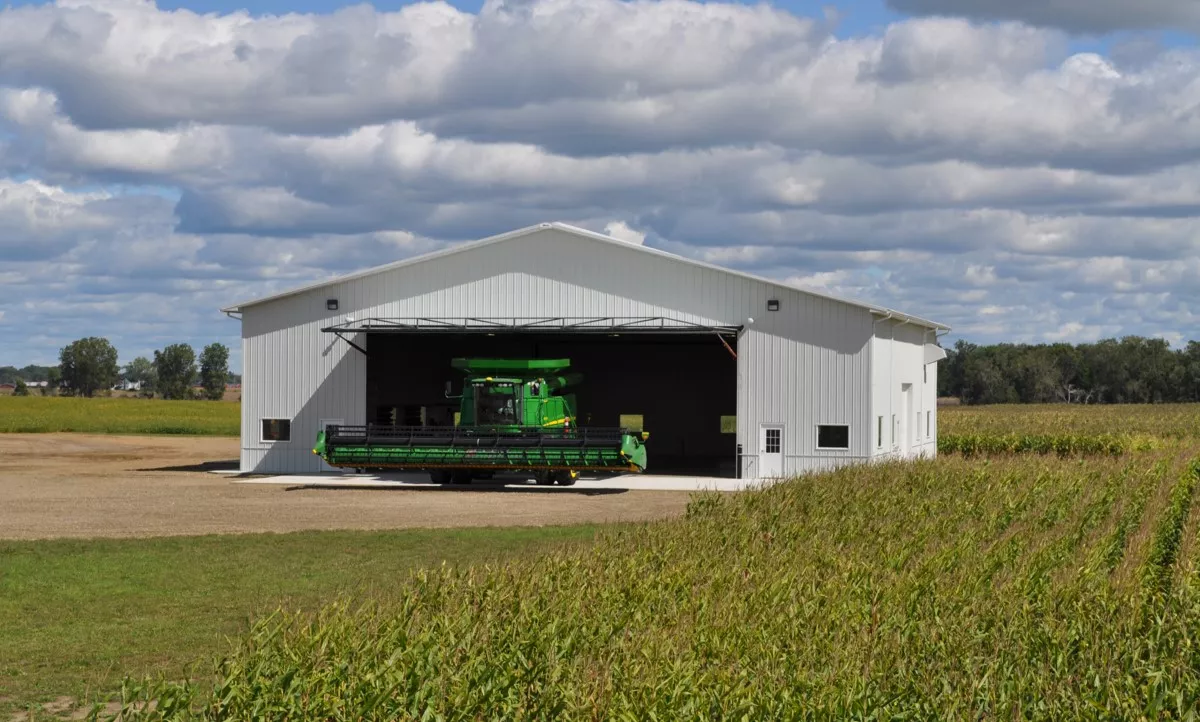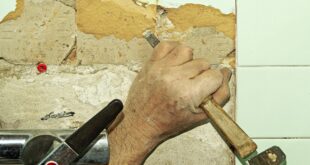Farm storage is a crucial consideration, whether it’s for large items or protecting sensitive equipment like tractors. However, maintaining farm sheds efficiently can be challenging without proper organization.
Are you looking for a way to store large items on your farm? Or perhaps you need shelter for tractors and other sensitive equipment. Farm sheds are the largest and easiest structures to build but it can be a struggle to maintain proper usage.
Your shed can quickly become a dumping ground for broken farm machines, tools you hardly use, and materials like fencing. In this post, we’ve provided 7 tips to maximize your storage to keep your shed organized.
1. Get Rid of Items You No Longer Need
The problem with having extra storage space on your farm is that you can use it to hoard items you don’t need. These items can be tractor parts, broken ladders, and even toys. Start by sorting through everything in your shed and make three piles:
- Stuff to throw away.
- Goods to donate.
- Items to keep and store properly.
Once you get rid of all the clutter in your shed, you’ll have more space to put up shelves and store items you need to run your farm.
2. Group Similar Items Together

Organize all your belongings by category and consider grouping similar items together. For example, you can group painting equipment like brushes, cans, and thinners and place them in one corner. Group all tools together such as hammers, screwdrivers, and power drills in another section of your shed.
When you group similar items together it becomes easier to find everything you need when renovating or taking care of your farm.
3. Install Racks and Brackets
You may think that the floor and the countertops inside your shed are the only places you can store belongings. But if you have a large shed, you can use vertical space to your advantage. Consider installing racks to easily store boxes and containers.
Brackets are perfect for hanging garden tools like rakes, spades, and forks. You can also hang power tools such as drills and nail guns, so they don’t take up counter space.
4. Use Storage Containers
If you have plenty of miscellaneous goods that you can’t hang up or leave lying around, then consider getting plastic containers to store them. Ensure you get containers with compartments that can store nails, bolts, and other small parts.
The benefit of storage containers is that they’re stackable. So, you can easily place one box on top of another. Or you can place your containers on shelves, so you have more floor space.
5. Label Everything

In order for you to find equipment, documents, or other belongings you must label everything such as:
- Bins
- Shelves
- Boxes
- Storage containers
- Drawers
- Machinery
You can also use color-coded labels so you can quickly identify what’s inside a storage container. Labeling items can contribute to safety in your shed. If you’re storing hazardous chemicals or sharp objects, labels can prevent accidents or injuries.
Lastly, labeling items can help you keep track of inventory in your shed. You can clearly mark how many items you have so you know when to restock. Additionally, you can keep track of maintenance and repairs by clearly stating on your labels when machines were last serviced.
6. Identify and Allocate Different Spaces
A shed isn’t simply used as a storage area. Sheds are versatile spaces that can be used as a workstation, a play area for children, or even a place to exercise. Make clear divisions in your shed using shelves or room separators.
You’ll then have sections in your shed for each activity you do regularly such as woodwork, art, exercises, or fixing vehicles.
7. Develop a Maintenance Routine

When you create a maintenance routine for your shed, you’ll ensure the space doesn’t become messy and disorganized like it was before. Create a schedule to regularly clean your shed inside and outside. Make sure you:
- Sweep the floor once or twice a week.
- Remove weeds growing on the sides of the shed.
- Wipe away dust on storage containers.
- Clear away the mess after building items or servicing equipment.
- Place tools back in storage after you’ve used them.
Furthermore, you should do regular inspections to identify signs of wear and tear. Check for loose or cracked tiles or damaged doors and windows. Replace all broken parts inside your shed and consider resealing wooden parts every 5 years.
If your shed has moving parts like doors, windows, collapsible tables, and desks you should lubricate hinges every few months to prevent rust.
And for the last tip, we recommend inspecting your shed regularly for pest infestations. Consider adopting cats to kill rodents or hire pest control to eliminate ants, termites, beetles, and cockroaches.
Final Thoughts
Having a shed on your property is a great way to store extra items you have lying around. However, it’s important to keep it organized so you can find everything you need easily. Use the tips in this article so you can maximize your storage and keep your shed well-organized at all times.
 Hi Boox Popular Magazine 2024
Hi Boox Popular Magazine 2024



